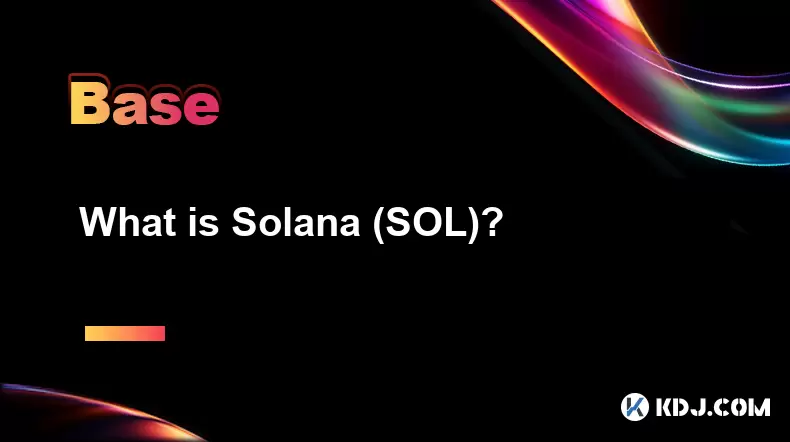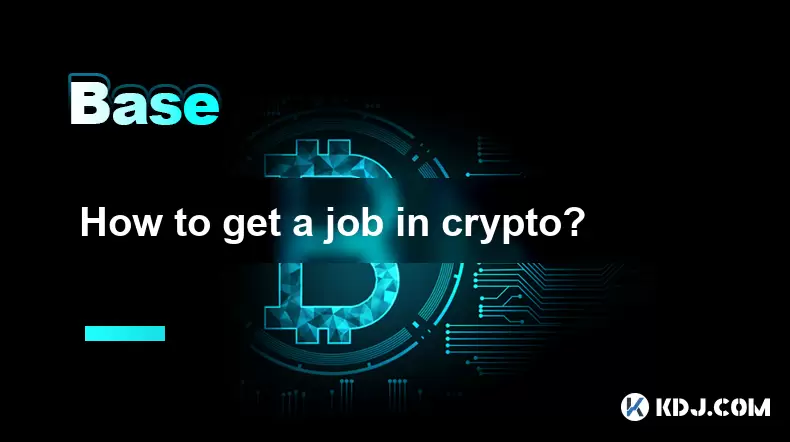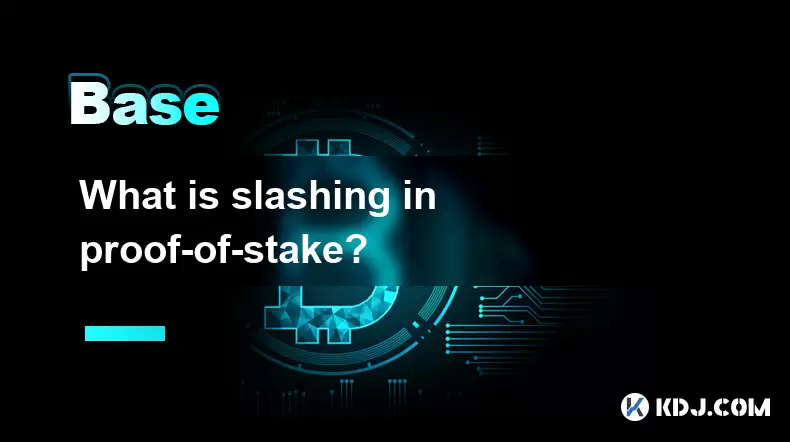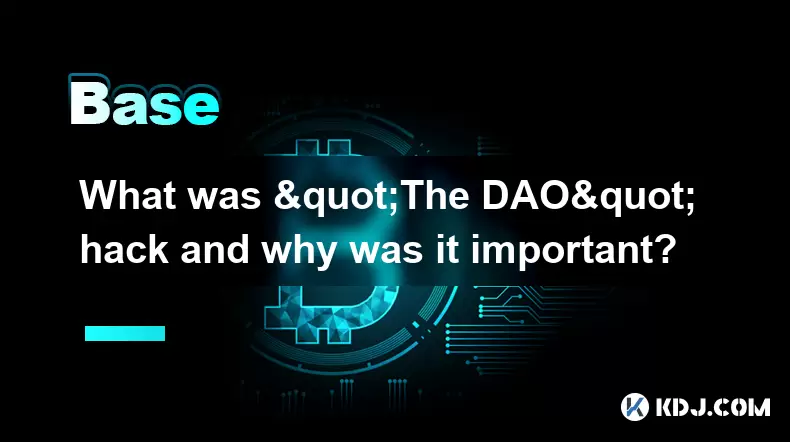-
 Bitcoin
Bitcoin $117900
-0.06% -
 Ethereum
Ethereum $3598
1.67% -
 XRP
XRP $3.433
0.63% -
 Tether USDt
Tether USDt $1.000
-0.02% -
 BNB
BNB $733.2
0.65% -
 Solana
Solana $176.9
-0.25% -
 USDC
USDC $0.9999
0.00% -
 Dogecoin
Dogecoin $0.2417
2.67% -
 TRON
TRON $0.3178
-2.25% -
 Cardano
Cardano $0.8310
2.11% -
 Hyperliquid
Hyperliquid $44.43
0.23% -
 Stellar
Stellar $0.4628
1.17% -
 Sui
Sui $3.852
2.09% -
 Chainlink
Chainlink $18.48
4.01% -
 Hedera
Hedera $0.2684
3.59% -
 Avalanche
Avalanche $24.57
4.87% -
 Bitcoin Cash
Bitcoin Cash $513.5
-0.02% -
 Shiba Inu
Shiba Inu $0.00001492
1.99% -
 Litecoin
Litecoin $113.2
11.61% -
 UNUS SED LEO
UNUS SED LEO $8.980
0.12% -
 Toncoin
Toncoin $3.211
0.51% -
 Polkadot
Polkadot $4.406
4.64% -
 Uniswap
Uniswap $10.16
0.26% -
 Monero
Monero $323.1
1.04% -
 Ethena USDe
Ethena USDe $1.001
-0.02% -
 Bitget Token
Bitget Token $4.936
1.21% -
 Pepe
Pepe $0.00001346
3.98% -
 Dai
Dai $1.000
-0.01% -
 Aave
Aave $318.9
-1.42% -
 Cronos
Cronos $0.1211
2.74%
What is Solana (SOL)?
Solana (SOL) is a fast, scalable blockchain platform designed for decentralized apps and low-cost transactions, using Proof-of-Stake and Proof-of-History for high throughput and quick finality.
Jul 20, 2025 at 02:07 am

What is Solana (SOL)?
Solana (SOL) is a high-performance blockchain platform designed to support decentralized applications (dApps) and cryptocurrency transactions at extremely fast speeds and low costs. It was created to address the scalability issues that many older blockchain networks, such as Ethereum and Bitcoin, face. Solana’s architecture allows it to process thousands of transactions per second, making it one of the fastest blockchains in the industry.
The native cryptocurrency of the Solana network is SOL, which is used for paying transaction fees, staking, and participating in governance decisions. SOL plays a crucial role in maintaining the network's security and efficiency.
How Does Solana Work?
Solana uses a combination of Proof-of-Stake (PoS) and a unique consensus mechanism called Proof-of-History (PoH) to achieve its high throughput. Proof-of-History is a timekeeping method that records events in a cryptographic sequence, allowing nodes to agree on the order of transactions without waiting for confirmations from other nodes.
Key components of Solana’s architecture include:
- Tower BFT: A version of Practical Byzantine Fault Tolerance (PBFT) that uses PoH as a clock to keep nodes synchronized.
- Gulf Stream: A protocol that forwards transactions to validators before the previous block is confirmed, reducing confirmation time.
- Turbine: A block propagation protocol that breaks data into smaller packets for faster transmission across the network.
- Sealevel: A parallel smart contract runtime that enables the execution of multiple smart contracts simultaneously.
These innovations allow Solana to maintain high throughput while keeping low latency and low transaction fees.
Who Created Solana?
Solana was founded by Anatoly Yakovenko in 2017. He previously worked at Qualcomm, where he gained experience in high-performance systems and compression algorithms. Yakovenko co-founded Solana Labs along with Greg Fitzgerald and Eric Williams. The project was initially named Loom, but it was later changed to avoid confusion with another blockchain project.
The Solana Foundation, a Swiss non-profit organization, oversees the development and promotion of the Solana ecosystem. The foundation works with developers, validators, and entrepreneurs to grow the network’s adoption.
What Makes Solana Different from Other Blockchains?
Unlike traditional blockchains that process transactions in a linear sequence, Solana introduces time as a cryptographic function through Proof-of-History. This allows validators to agree on the timing and order of events without requiring constant communication, which significantly improves scalability.
Other differentiating features include:
- High throughput: Solana can handle up to 65,000 transactions per second (TPS).
- Low fees: Transaction fees are typically less than $0.01.
- Fast finality: Blocks are finalized in under 2 seconds.
- Scalable infrastructure: Designed to scale horizontally using standard hardware.
These features make Solana an attractive platform for developers building Web3 applications, NFT marketplaces, decentralized finance (DeFi) protocols, and more.
How to Use Solana and SOL?
Using Solana involves interacting with its blockchain network, which can be done through wallets, dApps, and staking platforms.
Here’s how to get started:
- Set up a wallet: Use wallets like Phantom, Solflare, or Trust Wallet to store SOL and interact with dApps.
- Acquire SOL: Buy SOL on major exchanges like Binance, Coinbase, or Kraken.
- Send and receive SOL: Use wallet addresses to transfer SOL between users.
- Stake SOL: Participate in network security by delegating SOL to validators.
- Interact with dApps: Explore platforms like Serum, Raydium, or Audius built on Solana.
Each step requires careful attention to ensure private keys and recovery phrases are kept secure. Users should always verify transaction details before confirming.
What Are the Risks and Challenges of Solana?
While Solana offers high performance and scalability, it also faces several challenges:
- Centralization concerns: A small number of validators control a large portion of the network.
- Network outages: In the past, Solana has experienced brief outages due to high congestion.
- Smart contract vulnerabilities: As with any blockchain, bugs in dApps can lead to exploits.
- Regulatory scrutiny: SOL may be classified as a security in some jurisdictions, which could impact its use.
Users should always conduct due diligence before investing or interacting with the network. It’s also advisable to keep funds in cold storage and use trusted wallets and dApps.
Frequently Asked Questions (FAQs)
What is the total supply of SOL?
The total supply of SOL is approximately 575 million, with new tokens being minted annually as part of the staking rewards system. The inflation rate decreases over time to ensure long-term sustainability.
Can I mine SOL?
No, SOL cannot be mined. It uses a Proof-of-Stake mechanism, so users can stake their SOL instead of mining to help secure the network and earn rewards.
Is Solana EVM compatible?
No, Solana is not natively EVM-compatible. However, developers can use tools like Neon EVM to deploy Ethereum-based smart contracts on Solana.
How do I stake SOL?
To stake SOL, you need a wallet like Phantom or Solflare, and you must delegate your SOL to a validator. You can choose a validator based on performance, commission rates, and uptime. Staking rewards are distributed automatically.
Disclaimer:info@kdj.com
The information provided is not trading advice. kdj.com does not assume any responsibility for any investments made based on the information provided in this article. Cryptocurrencies are highly volatile and it is highly recommended that you invest with caution after thorough research!
If you believe that the content used on this website infringes your copyright, please contact us immediately (info@kdj.com) and we will delete it promptly.
- XRP Mining, the GENIUS Act, and Coin Holders: A New Era?
- 2025-07-20 06:30:12
- Arctic Pablo Coin: Navigating the Icebound Estates Presale and Token Burn Strategy
- 2025-07-20 06:30:12
- Arctic Pablo Coin's Myth-Themed Presale: Icebound Estates and Beyond!
- 2025-07-20 06:50:12
- Snorter Token's Presale Success: Riding the GENIUS Act Wave in the Crypto World
- 2025-07-20 06:50:12
- PENGU Token's Breakout Momentum: Riding the Wave in a Bearish Market
- 2025-07-20 07:10:12
- Crypto's 100x Hunt in 2025: Beyond the Hype
- 2025-07-20 07:10:12
Related knowledge

What is the Inter-Blockchain Communication Protocol (IBC)?
Jul 19,2025 at 10:43am
Understanding the Inter-Blockchain Communication Protocol (IBC)The Inter-Blockchain Communication Protocol (IBC) is a cross-chain communication protoc...

How does sharding improve scalability?
Jul 20,2025 at 01:21am
Understanding Sharding in BlockchainSharding is a database partitioning technique that is increasingly being adopted in blockchain technology to enhan...

What is the "crypto trilemma" of scalability, security, and decentralization?
Jul 19,2025 at 06:28pm
Understanding the Concept of the Crypto TrilemmaThe crypto trilemma refers to the challenge of simultaneously achieving scalability, security, and dec...

How to get a job in crypto?
Jul 20,2025 at 08:14am
Understanding the Crypto Industry LandscapeThe cryptocurrency industry is a rapidly evolving space that includes blockchain technology, decentralized ...

What is slashing in proof-of-stake?
Jul 20,2025 at 06:07am
Understanding Slashing in Proof-of-StakeIn a Proof-of-Stake (PoS) blockchain network, slashing refers to the penalty mechanism used to deter validator...

What was "The DAO" hack and why was it important?
Jul 19,2025 at 09:08pm
Background of 'The DAO''The DAO' (Decentralized Autonomous Organization) was a venture capital fund built on the Ethereum blockchain, launched in Apri...

What is the Inter-Blockchain Communication Protocol (IBC)?
Jul 19,2025 at 10:43am
Understanding the Inter-Blockchain Communication Protocol (IBC)The Inter-Blockchain Communication Protocol (IBC) is a cross-chain communication protoc...

How does sharding improve scalability?
Jul 20,2025 at 01:21am
Understanding Sharding in BlockchainSharding is a database partitioning technique that is increasingly being adopted in blockchain technology to enhan...

What is the "crypto trilemma" of scalability, security, and decentralization?
Jul 19,2025 at 06:28pm
Understanding the Concept of the Crypto TrilemmaThe crypto trilemma refers to the challenge of simultaneously achieving scalability, security, and dec...

How to get a job in crypto?
Jul 20,2025 at 08:14am
Understanding the Crypto Industry LandscapeThe cryptocurrency industry is a rapidly evolving space that includes blockchain technology, decentralized ...

What is slashing in proof-of-stake?
Jul 20,2025 at 06:07am
Understanding Slashing in Proof-of-StakeIn a Proof-of-Stake (PoS) blockchain network, slashing refers to the penalty mechanism used to deter validator...

What was "The DAO" hack and why was it important?
Jul 19,2025 at 09:08pm
Background of 'The DAO''The DAO' (Decentralized Autonomous Organization) was a venture capital fund built on the Ethereum blockchain, launched in Apri...
See all articles

























































































